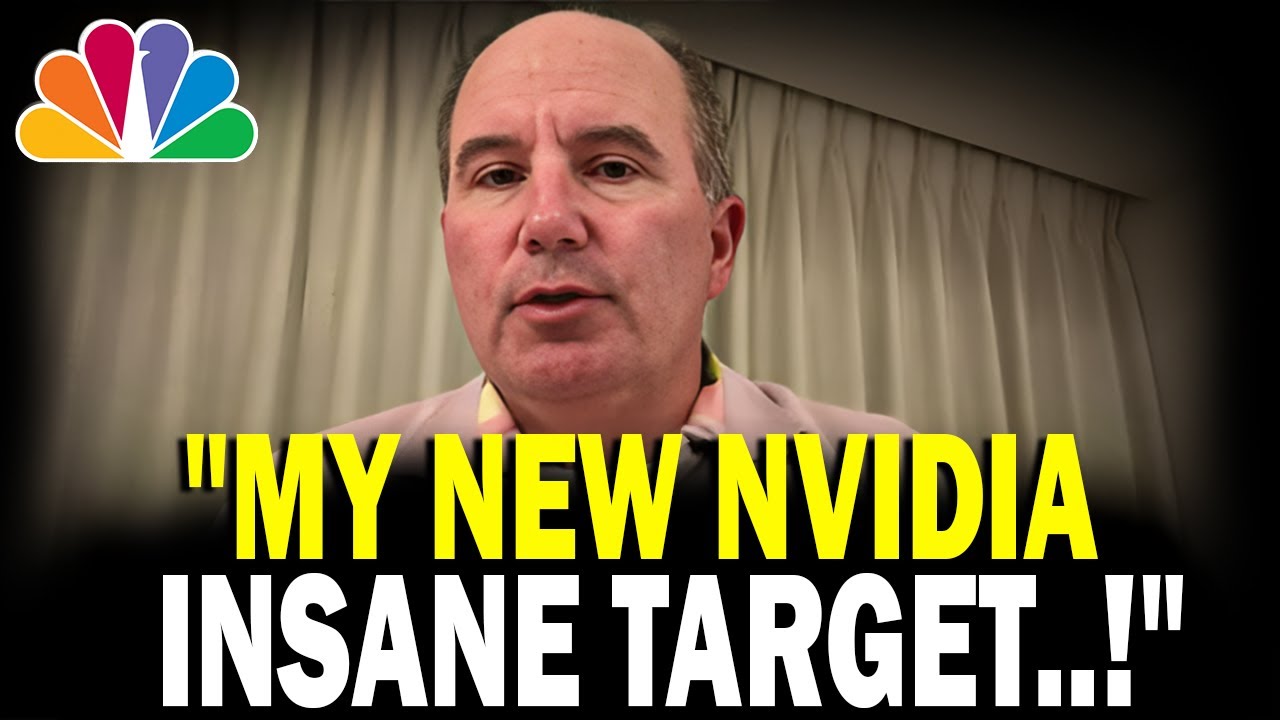Dan Ives highlights how recent AI deals and partnerships in the Middle East, especially in Saudi Arabia and the UAE, position the region as a major player in the global AI race, with Nvidia at the forefront due to its critical chips. He emphasizes that these developments, along with US-China regulatory shifts and increased competition from companies like AMD, could propel Nvidia’s stock to extraordinary heights, potentially reaching new levels akin to “Mars.”
The video features Dan Ives discussing the significant developments in Nvidia’s role in the global AI and tech landscape, particularly highlighting recent deals and partnerships in the Middle East. He emphasizes that these agreements, especially in Saudi Arabia and the UAE, mark a watershed moment, positioning the region as a major player in the AI revolution. The deals involve substantial investments in supercomputers and data centers, which could lead to an estimated trillion dollars in incremental spending on AI in the Middle East, signaling a major shift in the global tech race.
Ives points out that Nvidia’s chips are central to the AI boom, with the company being the primary driver of the revolution. He notes that the US and China are the main competitors in this space, but the US’s ability to supply Nvidia chips gives it a strategic advantage. The blockade on Nvidia’s H20 chips in China contrasts with the Middle East’s access to the next-generation Nvidia chips, making the region a key battleground in the AI race. This access could potentially elevate Middle Eastern countries ahead of China in AI development.
The discussion also covers AMD’s recent $10 billion partnership with Humane, which positions the company as a credible challenger to Nvidia in AI compute and deal flow, especially in the Middle East. While Nvidia remains dominant, Ives suggests that AMD and other competitors are narrowing the gap and will benefit from the increased AI investments. He underscores that the AI industry is not zero-sum, and multiple players will profit from the ongoing growth, with Nvidia still leading the charge.
Ives criticizes Europe’s regulatory environment, which he believes has hindered innovation and participation in the AI sector. He laments that Europe’s strict regulations have kept it out of the AI party, with chips and AI investments flowing primarily to the US, China, and the Middle East. He also discusses recent US regulatory changes, such as scrapping the AI diffusion rule, which he views as a positive step that will facilitate US chip exports and accelerate AI development, despite some concerns about potential risks.
Finally, Ives expresses optimism about the broader macroeconomic outlook, suggesting that recent US-China de-escalation and trade truce could propel the market to new highs in 2024 and beyond. He maintains that AI remains a dominant growth driver, with Nvidia, Tesla, Palantir, Microsoft, and Apple as his top picks. He credits former President Trump for catalyzing US-Middle East partnerships and investments in AI, viewing these developments as the start of a new era of technological growth and global competition in the AI revolution.
